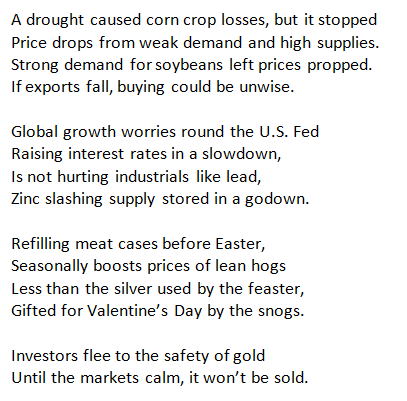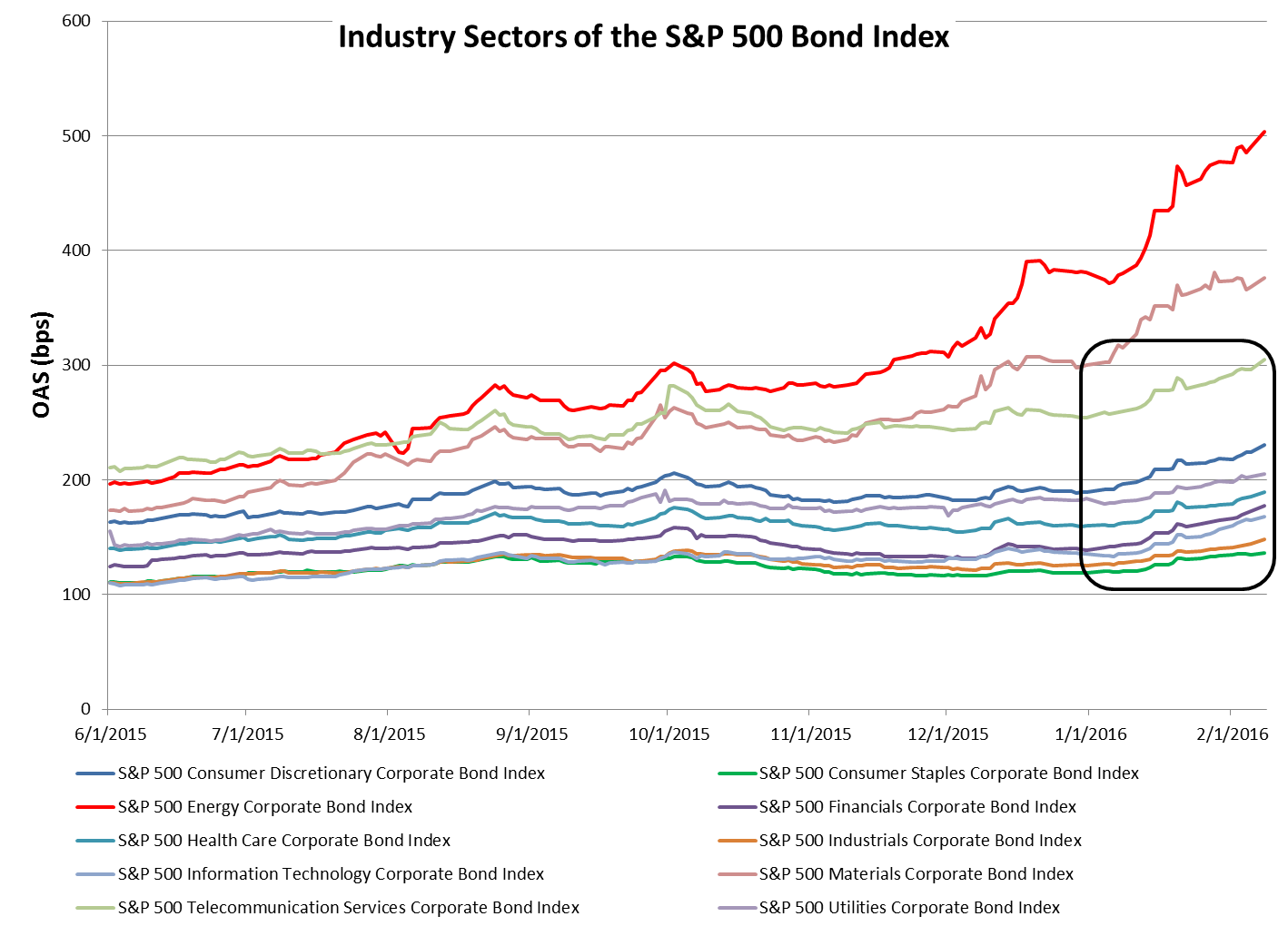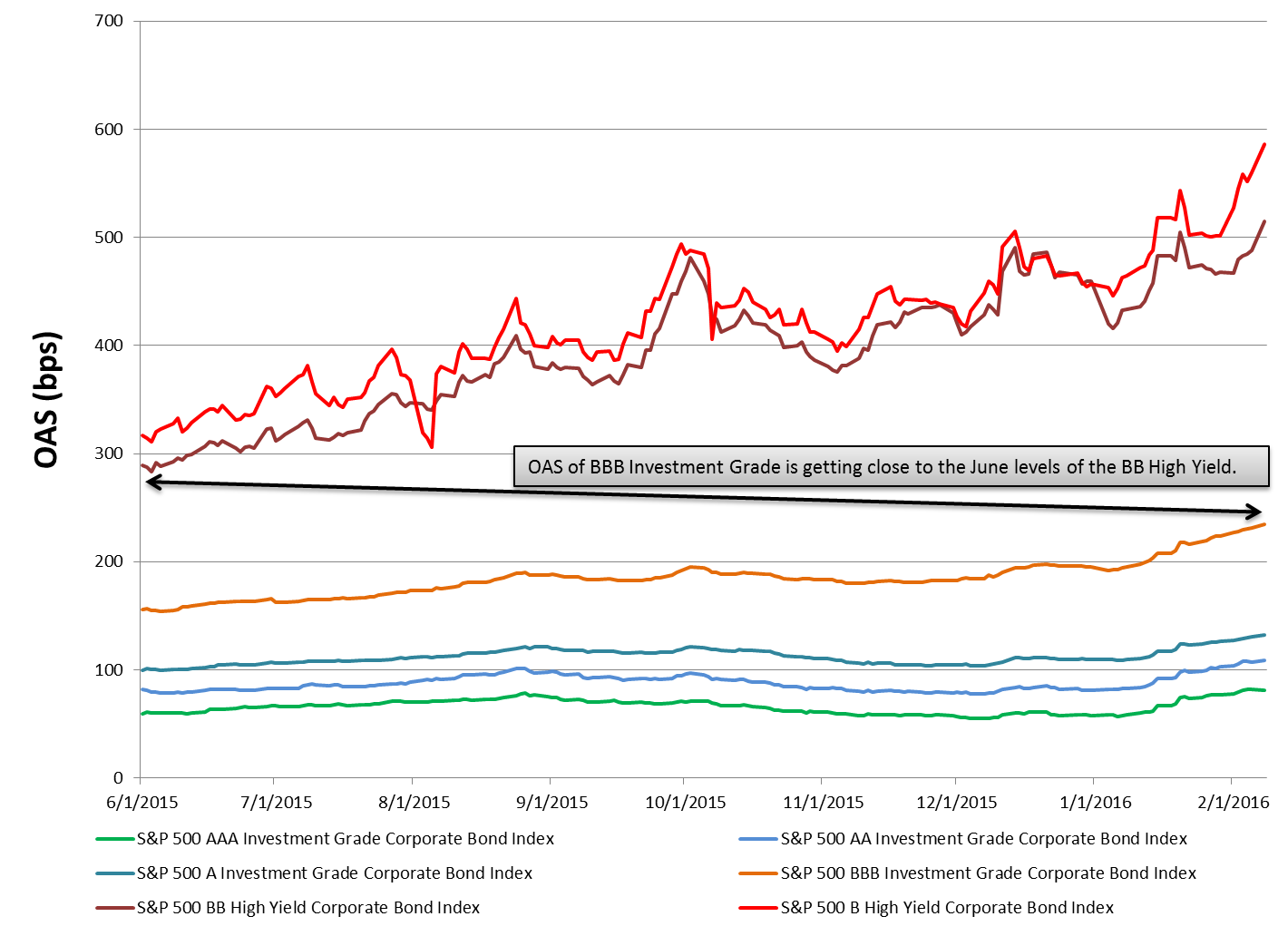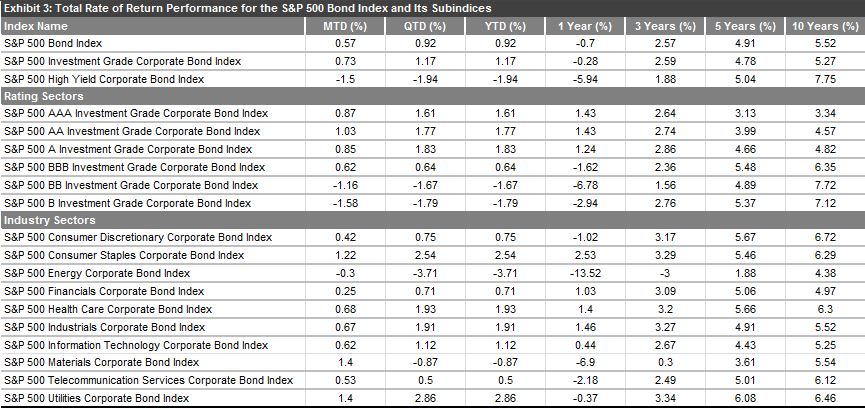It’s no secret commodities have been struggling in 2016 adding pressure to their greatest catastrophe in history. While much of this is from energy, with a year-to-date loss of 24%, the S&P GSCI Non-Energy is only down 1.4% for the year. Further, the precious metals sector in the index is up 17.4% year-to-date. Now that is something to love, and they aren’t the only commodities posting gains this year. Seven commodities are positive year-to-date including gold +17.7%, silver +14.4%, lean hogs +6.6%, zinc +5.9%, lead +2.0%, soybeans +1.1% and corn +0.4%. In honor of Valentine’s Day, below is a poem I wrote to give them the love they deserve.

I hope you enjoyed something fun and light with this gift from me to you. Happy Valentine’s Day!
The posts on this blog are opinions, not advice. Please read our Disclaimers.





















































